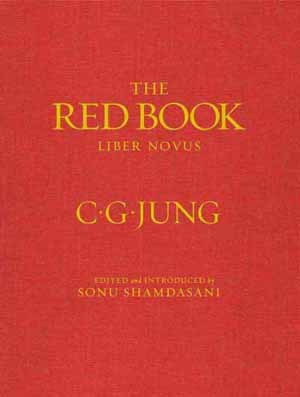
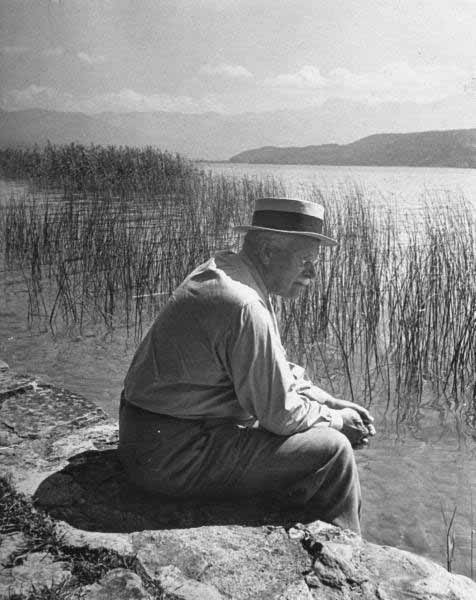
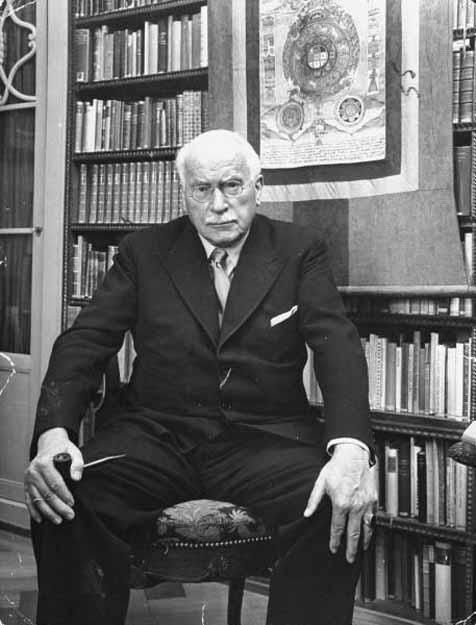
First there was the alleged
Lost Book of Nostradamus replete with watercolor images both alchemical, allegorical and metaphorical. 2009 brings us a book by Carl Jung that perhaps was meant to awaken people about the nature of reality and its destiny at this time.
The Red Book, also known as
Liber Novus (The New Book), is a 205-page manuscript written and illustrated by Swiss psychologist Carl Gustav Jung between approximately 1914 and 1930, which was not published or shown to the public until 2009.
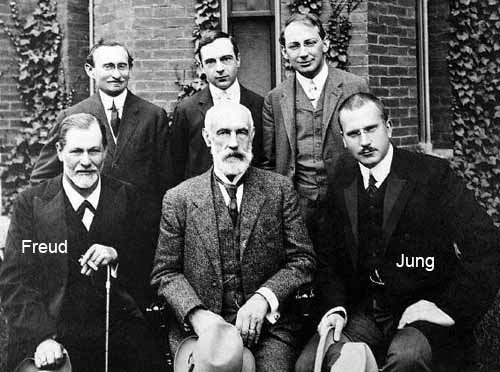
Just before the first world war, the 38-year-old Swiss psychologist Carl Gustav Jung was troubled by awful dreams and visions. Analytical to the core, he embarked on what he later described as his "confrontation with the unconscious", and documented the lot. The material went through various drafts before Jung recopied it all, using an ornate gothic script, into the single big, red, leather journal which gives the previously "lost" Red Book its popular name. Jung went on to add historiated (enlarged) initials, ornamental borders and a substantial number of paintings. Jung and his one-time associate Sigmund Freud are almost synonymous with psychology: their ideas have thoroughly permeated our culture. In the 21st century, both men have become even more controversial - Jung perhaps especially so. But The Red Book, resembling a medieval illuminated text and the works of William Blake, offers us an important insight into a time before the intellectual divide between art and psychology made such a work of inner exploration, of psychology-as-literature (and maybe even as art), less thinkable.
Jung's Red Book: The art of psychology
New Scientist - November 3, 2009 The Red Book New York Times
The Holy Grail of the Unconscious
New York Times - September 16, 2009
Jung's Red Book Google Images
 Jung's Red Book Google Videos
Jung's Red Book Google Videos
Jung's Soul Pictures 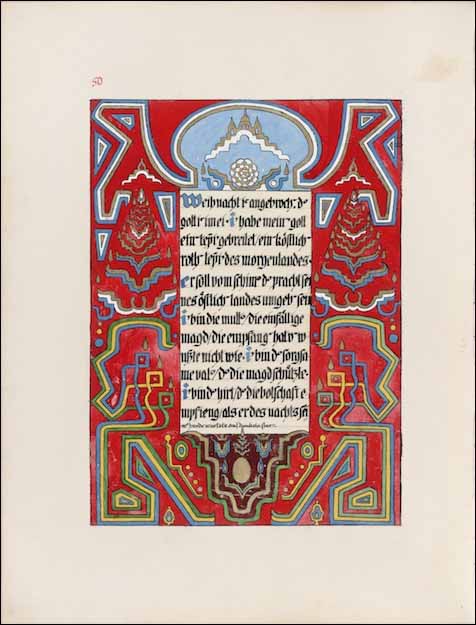
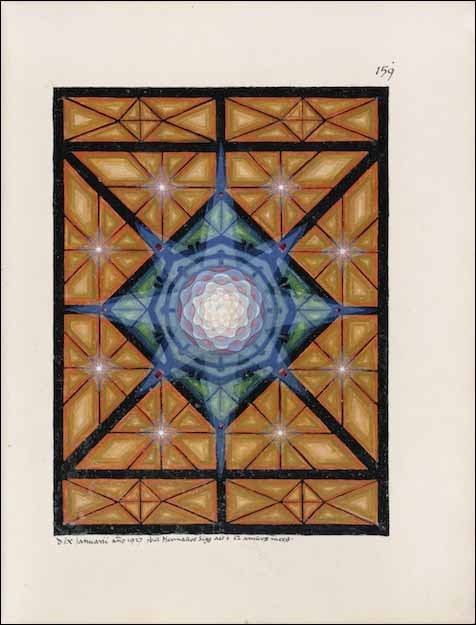

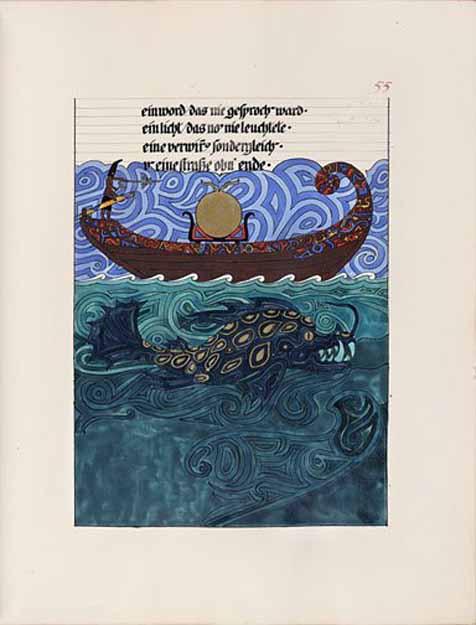
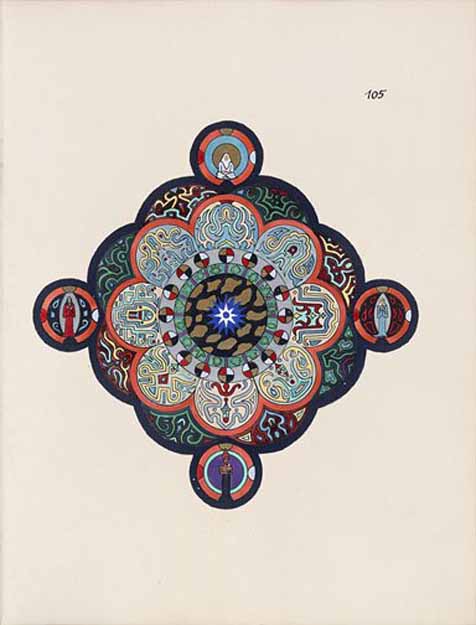
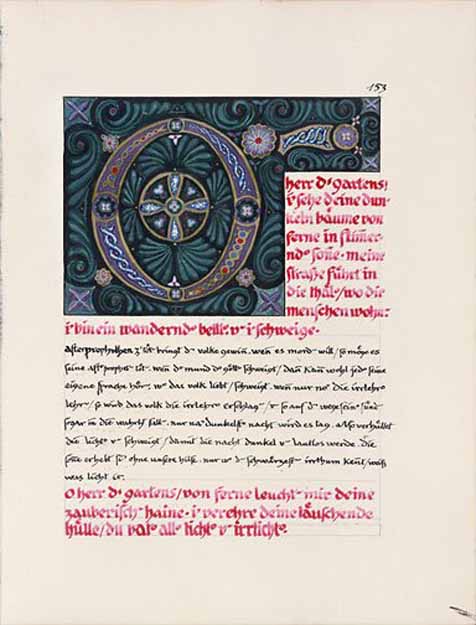
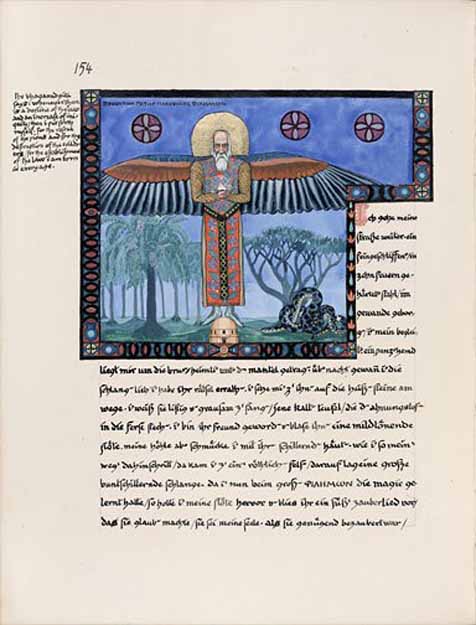
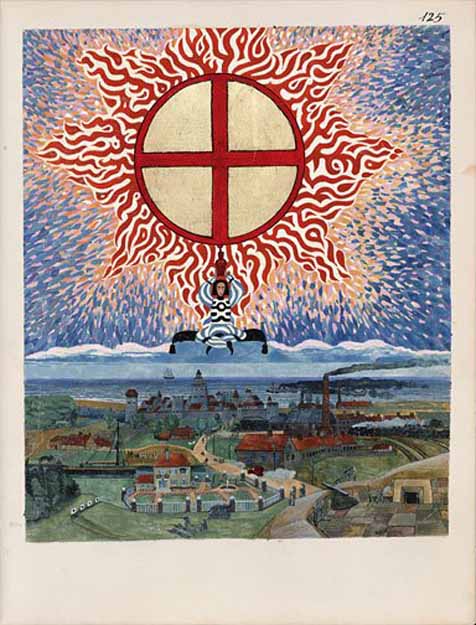
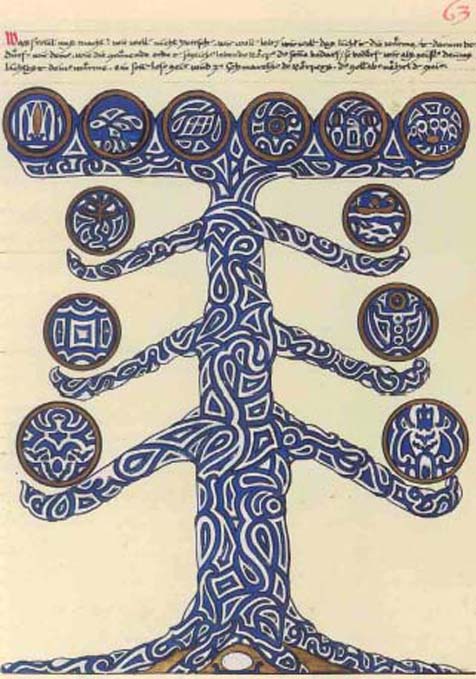




 Jung's Red Book Google Videos
Jung's Red Book Google Videos 








No comments:
Post a Comment